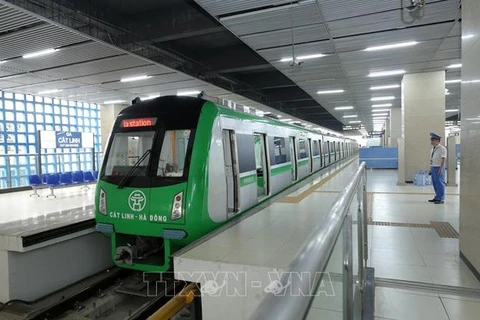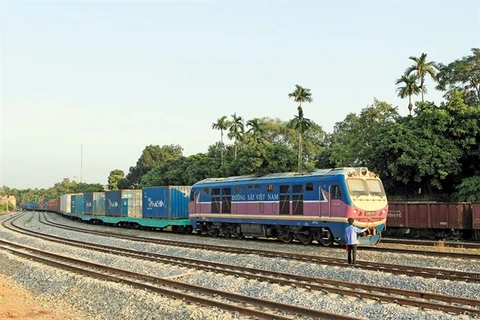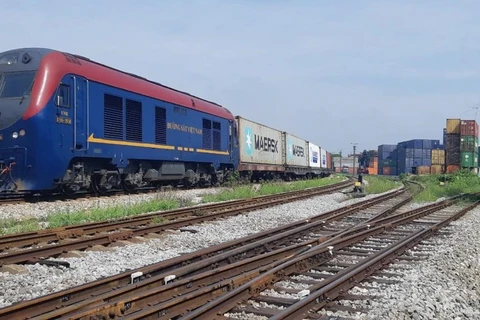Hanoi (VNA) – The Ministry of Transport (MoT) has approved an investment worth nearly 1.1 trillion VND (over 47 million USD) for a sub-project to upgrade the Nha Trang – Sai Gon railway section, which is part of the project to renovate and upgrade the Hanoi-Ho Chi Minh City railway route in the 2021-2025 period.
The 411-km route will be implemented from 2022 – 2025, running through the provinces of Khanh Hoa, Ninh Thuan, Binh Thuan, Dong Nai, and Binh Duong, and Ho Chi Minh City.
The sub-project aims to ensure traffic safety, improve the quality of railway infrastructure and transport capacity of both passengers and goods, thus effectively exploiting the existing infrastructure along the Nha Trang – Sai Gon route.
The budget for this will be sourced from the State budget under the medium-term public investment plan for the 2021-2025 period.
About 80 billion VND will be allocated in 2022; and 350 billion VND, 400 billion VND and 269 billion in 2023, 2024 and 2025, respectively.
It will focus on upgrading degrading bridges, and renovating, repairing and building a number of passenger and cargo stations.
The MoT has required its Vietnam Railway Project Management Board and relevant units to fully carry out surveys on various aspects and review and balance capital sources to ensure investment efficiency.
This sub-project, along with two others to renovate and upgrade the Hanoi – Vinh and Vinh – Nha Trang routes approved recently by the MoT, and those under the medium-term capital package of 7 trillion VND in 2016-2020, is part of the work to implement a detailed plan on modernising the North-South railway.
The Vietnam Railway Authority said to meet the transport demand as well as implement the railway network master plan for the 2021-2030 period, with a vision to 2050, there will be subsequent projects to upgrade and modernise the route./.

Hanoi plans six more underground urban railway lines
Hanoi plans six more underground urban railway lines with a combined length of 86.5 kilometres under an underground space planning project to 2030, with a vision towards 2050, according to Nguyen Duc Nghia, deputy director of the municipal Department of Planning and Architecture.
























